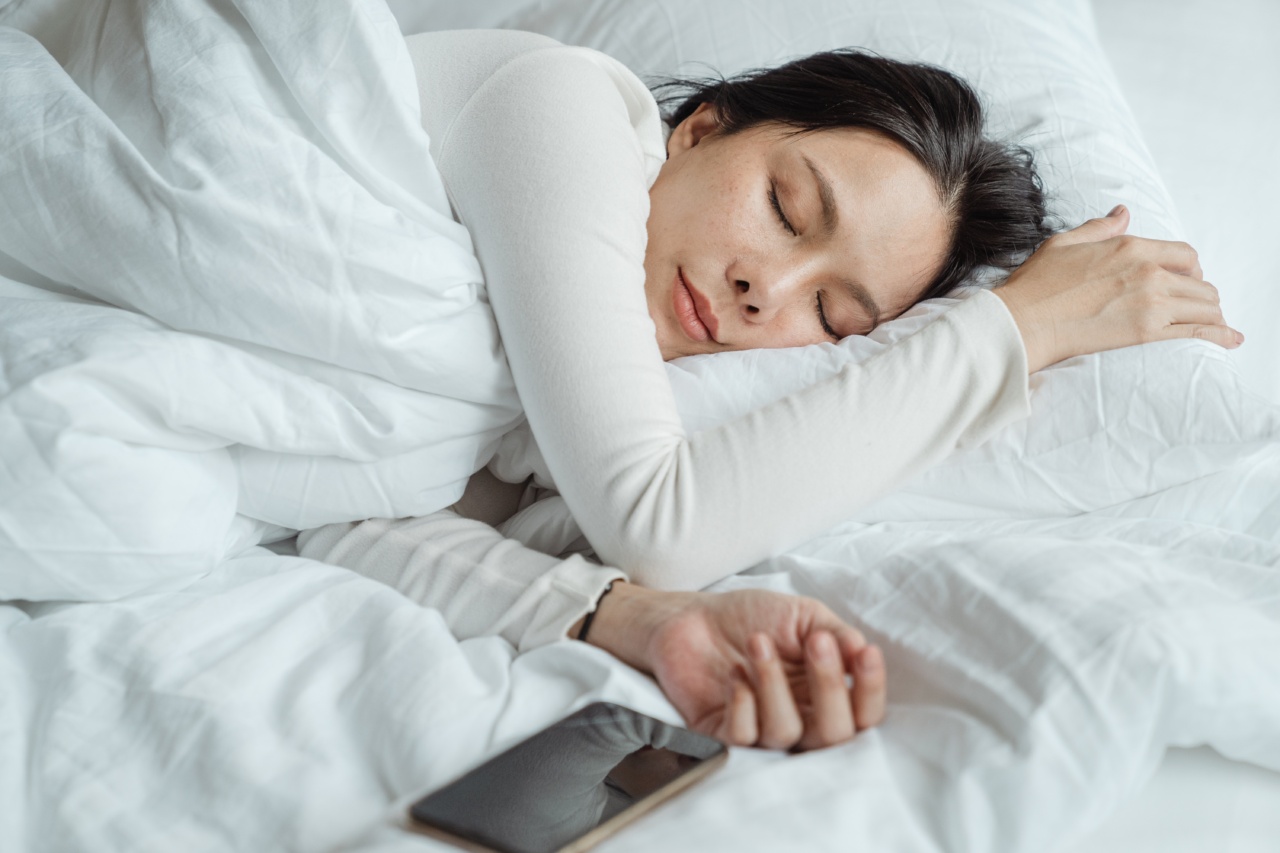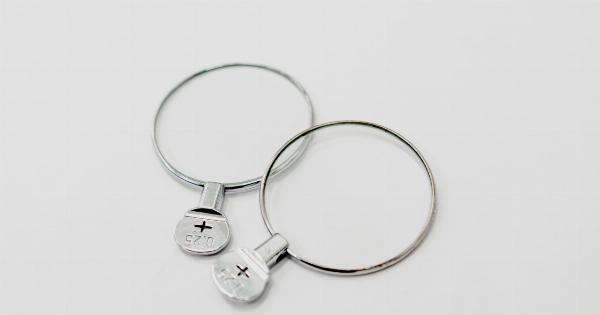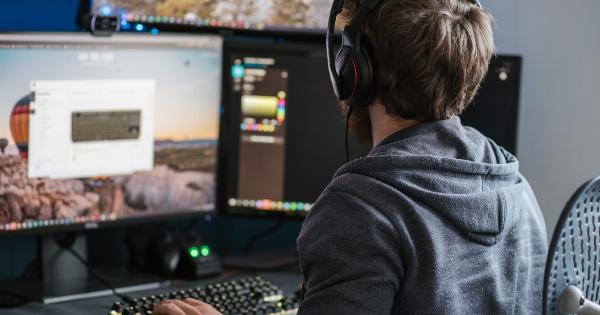Glaucoma is a progressive eye disease that affects millions of people worldwide. It is the leading cause of irreversible blindness, often without showing any symptoms in the early stages.
According to the World Health Organization (WHO), around 78 million individuals will be affected by glaucoma by the year 2020, with nearly 4.5 million people already suffering from blindness due to this condition.
The Challenges of Early Diagnosis
One of the primary challenges in managing glaucoma is the lack of early diagnosis. By the time symptoms become noticeable, the optic nerve damage has already occurred, and irreversible vision loss may have taken place.
Identifying the disease in its early stages is crucial for preventing further deterioration and preserving the patient’s eyesight.
The Role of Smartphone Technology
In recent years, technological advancements have paved the way for innovative solutions in healthcare. Smartphones, with their ubiquitous presence in our daily lives, have emerged as powerful tools to aid in early glaucoma detection.
With their high-resolution cameras, processing power, and connectivity, smartphones have the potential to revolutionize the way we diagnose and manage this debilitating eye condition.
Advantages of Smartphone-Based Diagnosis
1. Accessibility: The widespread use of smartphones makes them readily available to individuals around the world. This accessibility allows for greater reach in underprivileged areas where specialized ophthalmic equipment may be scarce.
2. Cost-Effectiveness: Traditional glaucoma diagnostic testing involves expensive equipment and specialized visits to healthcare professionals. Smartphone-based diagnosis can significantly reduce costs by utilizing the existing smartphone infrastructure.
3. Convenience: Smartphone-based tests can be performed in the comfort of one’s own home, eliminating the need for frequent visits to the eye clinic.
This convenience is especially beneficial for elderly or disabled patients who may have difficulties with regular medical appointments.
4. Continuous Monitoring: With smartphone apps designed for glaucoma monitoring, patients can track their intraocular pressure (IOP) and other relevant parameters regularly.
This continuous feedback enables early detection of any deviations, allowing for prompt intervention.
Technologies Facilitating Smartphone-Based Diagnosis
Several technologies have made it possible to perform glaucoma tests using a smartphone:.
1. Optical Coherence Tomography (OCT)
OCT is a non-invasive imaging technique that provides high-resolution cross-sectional images of the retina.
Using a smartphone adapter, the camera is aligned with the patient’s eye, allowing for detailed visualization of the optic nerve and retinal structures. This technology enables clinicians to detect subtle changes in the optic nerve head, and assess retinal nerve fiber layer thickness, which are key indicators of glaucoma progression.
2. Visual Field Testing
Visual field testing is crucial in assessing the peripheral vision loss associated with glaucoma.
This capability can now be integrated into smartphones by utilizing the device’s display as a visual field stimulus and the built-in camera to track the patient’s responses. By analyzing the patient’s reaction to these stimuli, variations in visual field can be detected, aiding in early glaucoma diagnosis.
3. Intraocular Pressure (IOP) Monitoring
Measuring intraocular pressure is one of the primary diagnostic methods used to identify glaucoma. Smartphone apps, along with add-on devices, can provide a means of tracking IOP at regular intervals.
This information can be documented and shared with healthcare professionals, allowing for personalized management strategies.
4. Tear Fluid Analysis
Smartphone-based tear fluid analysis is an emerging field that shows promise in glaucoma diagnosis.
By utilizing a smartphone’s camera and imaging algorithms, tear fluid samples can be assessed for specific biomarkers associated with glaucoma, aiding in early detection and monitoring.
Challenges and Limitations
While smartphone-based diagnosis offers immense potential, there are still some challenges that need to be addressed:.
1. Standardization: As various smartphone models and software versions exist, standardizing glaucoma diagnostic apps and their accuracy is essential to ensure consistent and reliable results.
2. Regulatory Approval: Before widespread adoption, smartphone-based diagnostic tools need to undergo rigorous testing and obtain regulatory approvals to ensure their safety and efficacy.
3. User Training: Healthcare professionals and patients need to be adequately trained on using smartphone-based diagnostic tools to obtain accurate and reliable results.
4. Data Privacy and Security: Given the personal health information involved, robust data privacy and security measures must be implemented in smartphone-based diagnostic systems.
The Future of Glaucoma Diagnosis
Smartphone-based diagnosis has the potential to democratize glaucoma care, making it more accessible and convenient for patients worldwide.
With ongoing advancements in technology and continued research, smartphone apps and devices may become an integral part of routine glaucoma screening and monitoring, enabling early detection and proactive intervention.
Conclusion
The rise of smartphones and their integration with healthcare has opened up new possibilities for early glaucoma diagnosis.
By leveraging the power of smartphone technology, we can improve accessibility, affordability, and convenience in diagnosing and managing this sight-threatening condition. However, addressing the challenges and ensuring regulatory compliance will be crucial to unlock the full potential of smartphone-based glaucoma diagnosis.































